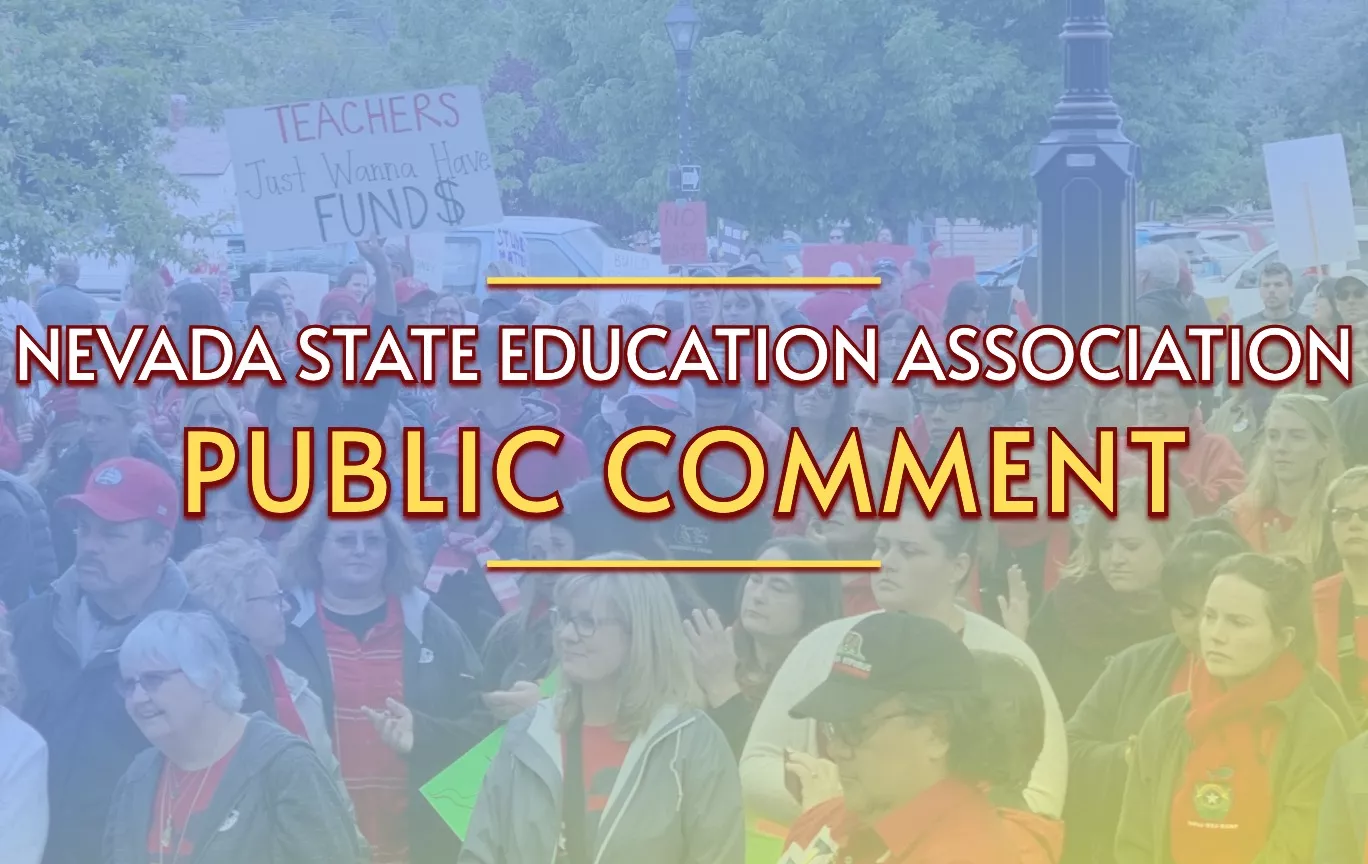To say there are many moving parts related to K-12 education funding would be a gross understatement. We know Nevada schools are chronically underfunded. According to the National Education Association’s Ranking of the States 2020, released just this month, Nevada ranks 48th in per-pupil funding when considering expenditure per pupil in average daily attendance. We also know Nevada has a very diverse student population including some of the highest percentages of students from low-income families as well as English learners. Meanwhile, this committee is grappling with the transition to a new school funding formula riddled with implementation issues, all during a global pandemic.
As state general fund revenues have taken a hit, the Governor has proposed some difficult cuts to K-12 in this budget, including $32M to early literacy supports and $156M to class size reduction, even though Nevada suffers from the largest class sizes in the county. He also has proposed a “phase-in” of the new funding formula, raising a host of new issues and confusion with the transition.
One item of note from the COVID-19 Funding item discussed this morning was $20M to create the Incentivizing Pathways to Teaching program. While Nevada’s teacher pipeline merits work and attention, NSEA believes much more needs to be done on the issue of teacher retention. Large class sizes, difficult working conditions, and a structural teacher wage gap, all fuel our educator turnover problem. NSEA is concerned with language buried in SB543 from last session that walls off 16.6% of district ending fund balance from negotiations while sweeping balances over 16.6% leaves no room for economic items to be bargained. This language will certainly lead to further erosion of educator pay and will limit other proposals originated by educators related to workplace safety and working conditions, fueling an even bigger exodus from the profession.
Even the welcome news of well over $1B of federal funds to support our education system further complicates budget deliberations, as these only serve as a temporary patch for Nevada’s chronically underfunded schools. While these funds will serve as critical relief for our schools as we try to recover from this pandemic, they also create a serious fiscal cliff just a few years away.
It is in this light that Majority Leader Benitez-Thompson’s concern about a Donor’s Choose project in her district rings true. When we don’t adequately fund schools, educators have to dig deep to just cover basic needs, like cleaning their own classroom. We hope the influx of federal funds is not used as an excuse to kick the can down the road on our funding shortfall. Instead, these funds should help us envision what public education in Nevada can be and act now to make that a reality into the future.
